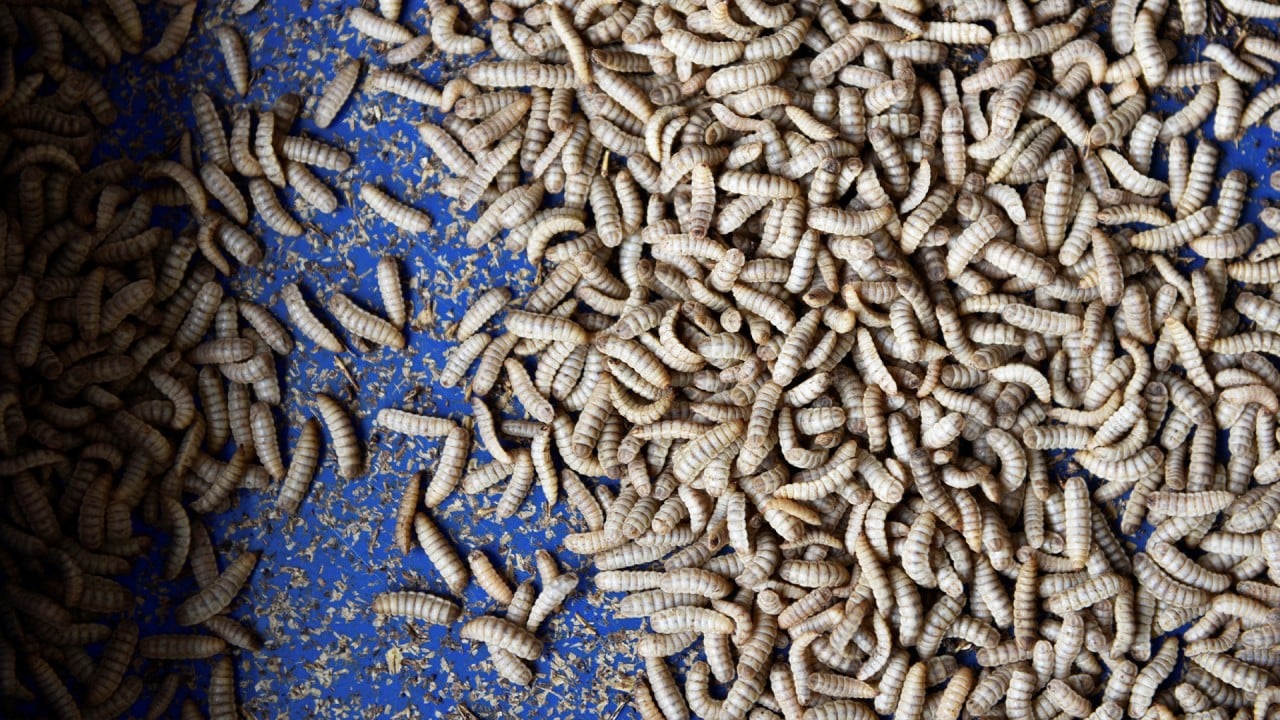
Lab-grown meat start-up Eat Just, backed by Hong Kong billionaire Li Ka-shing, looks to scale up and expand after Singapore approval
- The American company recently raised US$267 million and received approval to sell more of its cell-grown chicken products
- The company will also need to spread across the Asia-Pacific region, particularly China, to continue ramping up manufacturing capacity, according to CEO
In December, Singaporean authorities approved the sale of Good Meat’s latest chicken formats, including breasts and strips. The product was unveiled at the end of last year and will arrive in many of Singapore’s hawker food centres in 2022.
“It’s a continued validation that this is not a technology that’s more akin to science fiction, but a technology that’s about feeding people now,” said CEO and founder Josh Tetrick.
Good Meat raised US$267 million in 2021. The size of the cultured meat market could reach as high as US$25 billion globally by 2030, according to McKinsey & Company.
Good Meat is counting on consumers and regulators to get a taste for the new cell-grown meat trend in countries such as the US, where the company’s latest board member, renowned chef José Andrés, has already committed to serving it in his restaurants.
However, Singapore remains the only country to approve the sale of such products, with Good Meat’s annual production expected to surpass a thousand pounds for the first time in 2022.
The city has embraced the technology because of its energy and resource efficiency. The government has pledged to meet 30 per cent of nutritional needs sustainably and locally by 2030.
Eat Just aims to scale up and expand, with plans for a cultured-meat plant in Qatar announced last year. The company will also need to spread across the Asia-Pacific region, particularly China, to continue ramping up manufacturing capacity, according to Tetrick.
“That, more than anything, will allow us to supply everyone with meat, not just a handful of people who are fortunate enough to be able to afford a high end restaurant,” he said.
Good Meat’s dishes are priced at an unprofitable US$17. To bring down production costs and increase output, the company is upgrading from 1,200-litre bioreactors to sizes of 100,000 litres and above. This unprecedented move poses design challenges, but the manufacturing is already under way, according to Tetrick.
Though Good Meat’s goal is for its product to be more affordable, in the future it may resemble meats one would expect to find at a high-end restaurant. That is because cells from rare animals, such as Wagyu beef or wild salmon, can be cultivated at similar costs to chicken.
However, according to Tetrick, “whether it’s beef, pork, Wagyu, Kobe, or bluefin tuna, whether it’s China, the US, Qatar, or Singapore, at the end of the day, we got to make a lot of it.”
Assuming this meat comes from livestock, greenhouse gas emissions from the meat sector are projected to rise 5 per cent in the same period.



